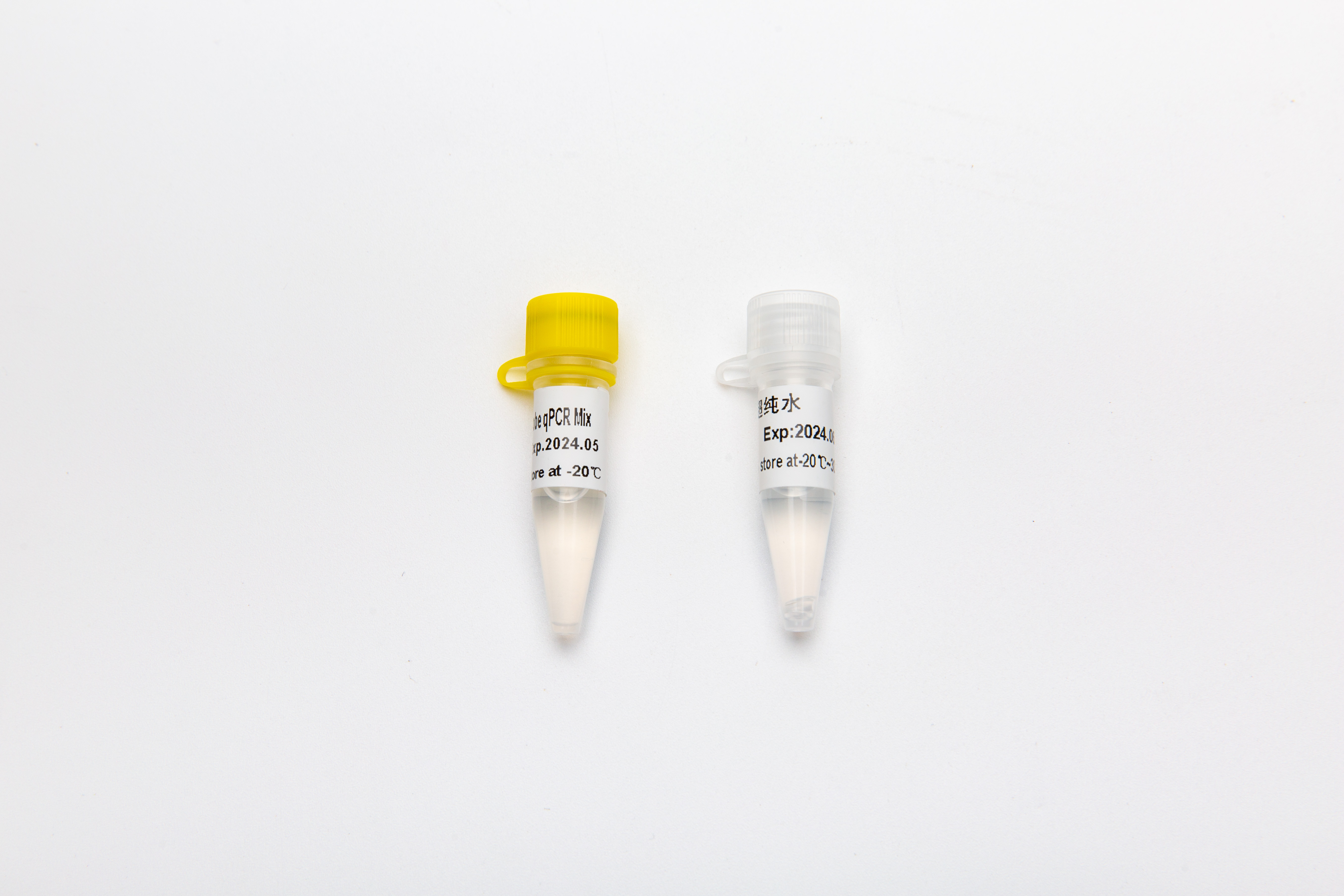Basic Process of PCR
PCR (Polymerase Chain Reaction) is a molecular biology technique used to rapidly and sensitively amplify specific DNA fragments. The following is the basic process of PCR:
Design primers: Design a pair of primers based on the upstream and downstream sequences of the target DNA sequence to recognize and open the DNA double strand.
Template DNA denaturation: Heat the template DNA to 95℃ to separate the double strand into single strands.
Primer binding with template DNA: With the guidance of the primers, the DNA polymerase binds to the template DNA to prepare for DNA synthesis.
Cooling for DNA synthesis: At an appropriate temperature, the DNA polymerase catalyzes the phosphorylation of adjacent deoxynucleotides to form a new DNA strand.
Cycling steps: Repeat the denaturation, binding, and synthesis steps to continuously grow the DNA strand and ultimately form a large number of target DNA fragments.
Analysis of amplified products: Analyze the amplified products using gel electrophoresis, fluorescent dyes, and other methods to determine whether the target DNA has successfully amplified.
PCR technology can quickly and sensitively detect specific DNA fragments, and is widely used in gene cloning, gene sequencing, disease diagnosis, and other fields.

 Tel: +86 20 31600213
Tel: +86 20 31600213  Sales EMail: order@gdsbio.com
Sales EMail: order@gdsbio.com 




